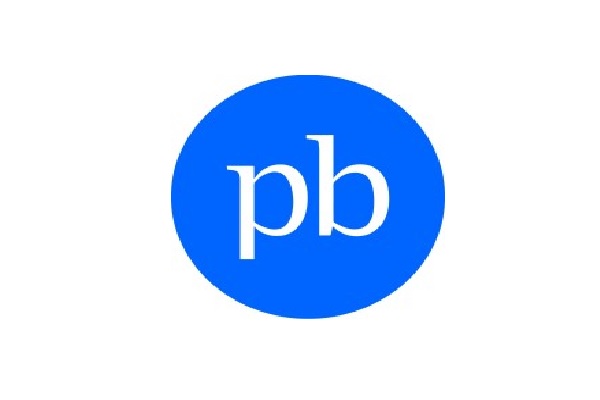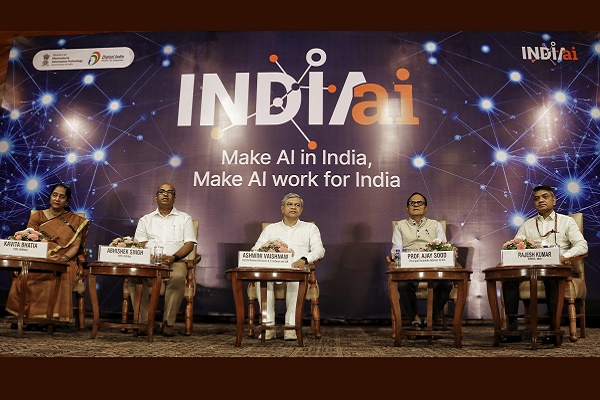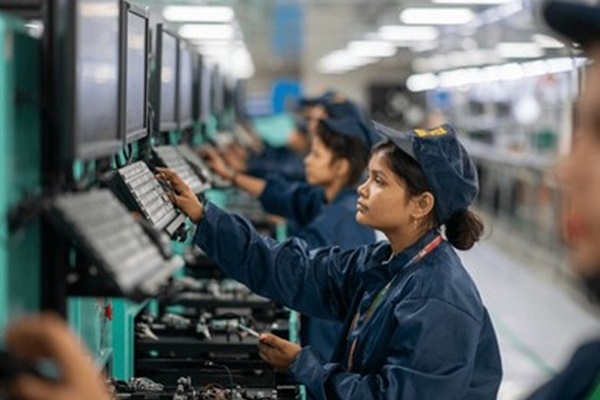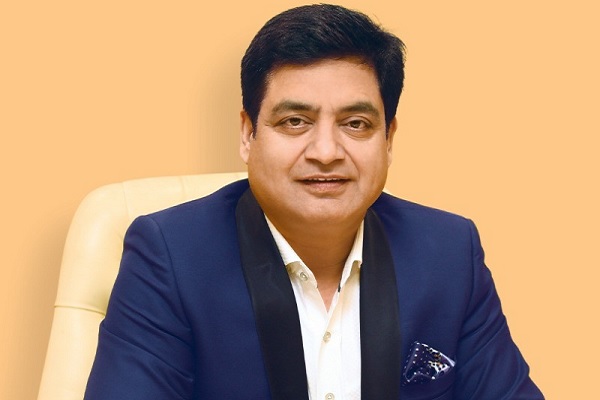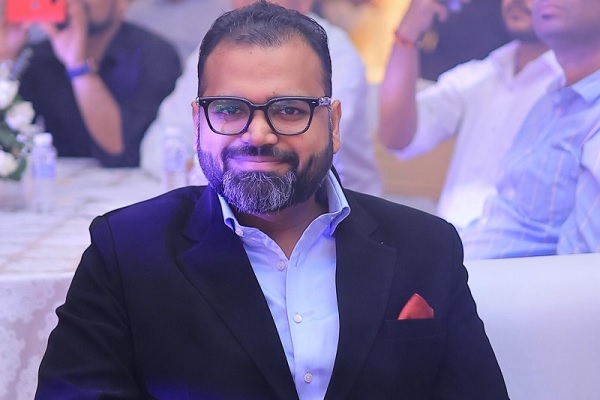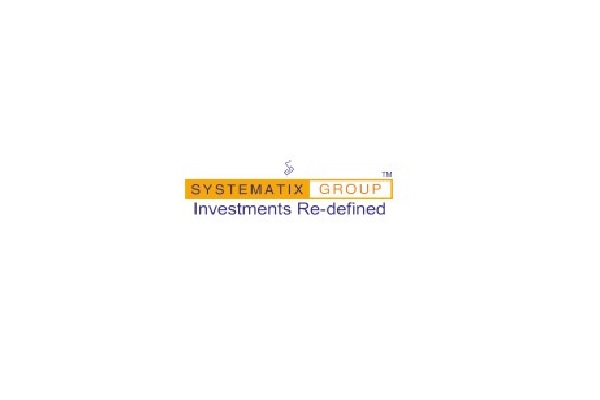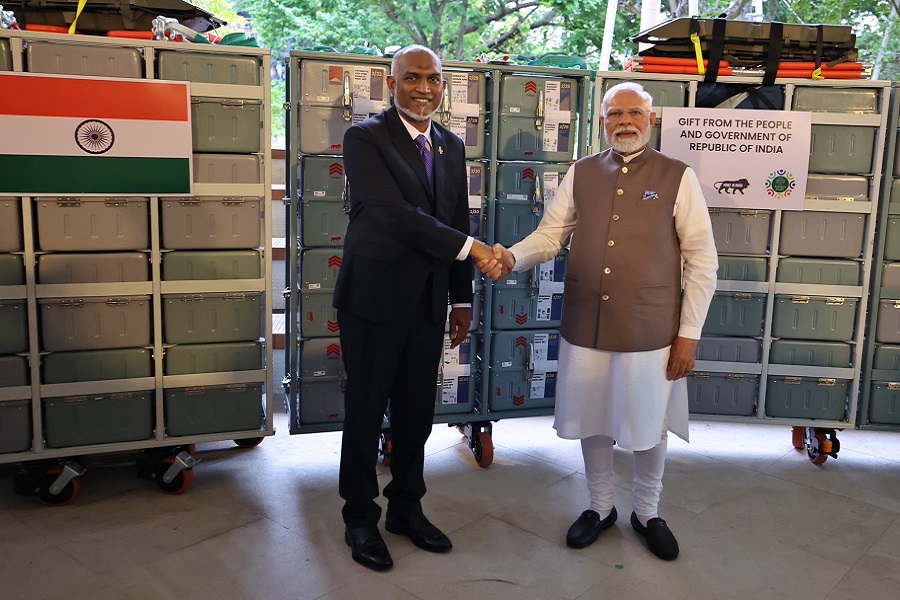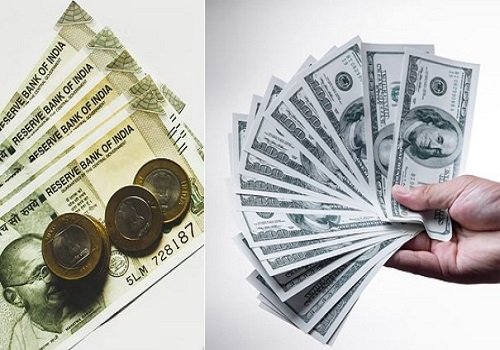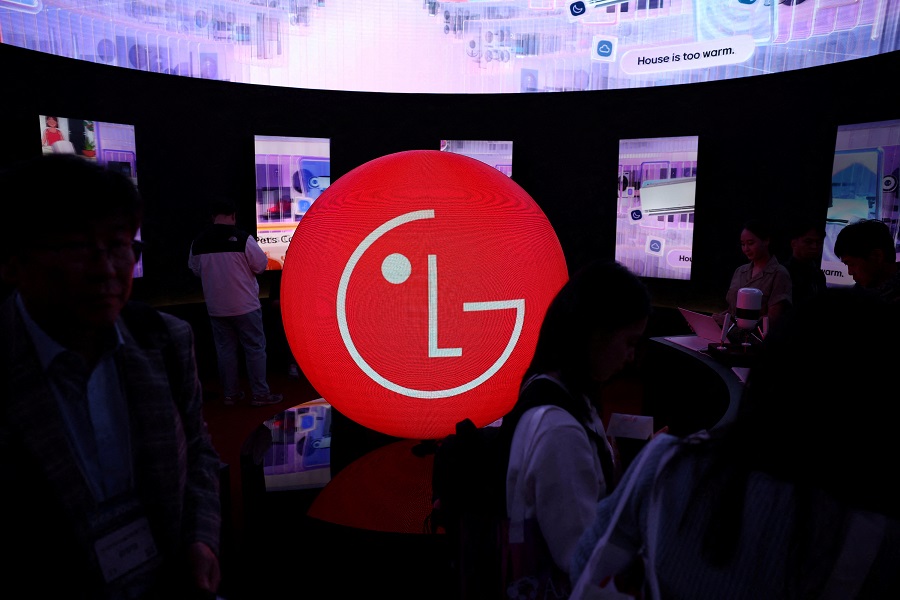Belrise Industries coming with IPO to raise upto Rs 22,76.47 crore

Belrise Industries
- Belrise Industries is coming out with a 100% book building; initial public offering (IPO) of 25,29,41,176 shares of Rs 5 each in a price band Rs 85-90 per equity share.
- Not more than 50% of the issue will be allocated to Qualified Institutional Buyers (QIBs), including 5% to the mutual funds. Further, not less than 15% of the issue will be available for the non-institutional bidders and the remaining 35% for the retail investors.
- The issue will open for subscription on May 21, 2025 and will close on May 23, 2025.
- The shares will be listed on BSE as well as NSE.
- The face value of the share is Rs 5 and is priced 17.00 times of its face value on the lower side and 18.00 times on the higher side.
- Book running lead managers to the issue are Axis Capital, HSBC Securities and Capital Markets (India), Jefferies India and SBI Capital Markets.
- Compliance Officer for the issue is Manish Kumar.
Profile of the company
Belrise Industries is an automotive component manufacturing company based in India offering a diverse range of safety critical systems and other engineering solutions for two-wheelers, three-wheelers, four-wheelers, commercial vehicles and agri-vehicles. Its product portfolio includes metal chassis systems, polymer components, suspension systems, body-in-white components and exhaust systems, among others. Its products are largely agnostic to vehicle powertrain types, reflecting its ability in catering to both electric vehicles and internal combustion engine vehicles, thus positioning it favorably to adapt to the growing electric vehicle market.
The company specializes in precision sheet metal pressing and fabrication (i.e., the process of joining sheet metal components to create unified structures for assembling vehicle subsystems and bodies), and it is one of the top three companies with a market share of 24% in the overall two-wheeler metal components segment in India as of March 31, 2024, in terms of revenue. As a large and well-established precision sheet metal pressing and fabrication company in India, it is well-positioned to capitalize on the growing two-wheeler, three-wheeler and four-wheeler markets in India and internationally.
Over the course of nearly three decades of operations, the company has expanded its operational capabilities to include precision sheet metal pressing and fabrication, the manufacturing of polymer components, the design and production of suspension systems, along with coating and painting services. Consequently, it has consistently increased the value and complexity of the components it supplies per vehicle. This strategic expansion is not only limited to its home state of Maharashtra but also extended to other Indian states where prospective customers establish their manufacturing facilities, with its facilities designed for future scalability. It has also implemented a ‘just-in-time’ inventory model that optimizes its inventory levels and enhances its ability to meet its OEM customers’ needs with agility.
Proceed is being used for:
- Repayment/pre-payment, in full or in part, of certain outstanding borrowings availed by its company
- General corporate purposes
Industry Overview
Auto component production (which includes sales to OEMs, exports and the replacement market) has increase at 8.7% CAGR to Rs 7,881 billion in fiscal 2024 from Rs 5,196 billion in fiscal 2019. While domestic sales are more volatile due to various factors such as regulations, fuel prices, economic cycles, etc. that impact short-term demand, exports and the aftermarket help buffer overall growth in auto component production from similar fluctuations. Auto component production revenue increased at 8.7% CAGR between fiscals 2019 and 2024, helped by the economic recovery, buoyant demand from the OEM and replacement markets as well as increase in exports. Domestic auto component production revenue is estimated to increase 9-11% in fiscal 2025.
Auto component market size is expected to grow at 9-11% CAGR between fiscals 2024 and 2029 to reach Rs 12,000-13,000 billion. This is more than the 9% CAGR during fiscals 2019 to 2024. Long-term growth will appear higher over a low base wherein the auto component industry witnessed a significant decline in the preceding two fiscals (fiscals 2020 and 2021). Demand from all segments has grown further post fiscal 2023. The auto component revenue is expected to increase 9-11% in fiscal 2025. The growth in FY25 will be aided by recovery in the economy (GDP growth of 6.4%), buoyant demand from OEM and replacement market. Auto component exports (accounting for 22% of the overall demand in FY24) are projected to record a 7-9% on year growth in fiscal 2025.
Growth this fiscal will be aided by economic recovery (GDP growth of ~6.4%), buoyant demand from OEMs and the replacement market. OEM demand is expected to clock 10-12% CAGR between fiscals 2024 and 2029 on the back of robust production growth across asset classes in the medium term (on a low base) and aided by realisation growth via OEM price increases. The adoption of the Just-In-Time (JIT) model within the auto component industry has fostered a profound understanding of customer needs, enabling the development of intricate products with rapid turnaround times. At the same time, the rigorous testing and validation processes, established long-term OEM contracts, impose significant barriers for new entrants, further strengthening the industry's competitive edge.
Pros and strengths
Distinguished market leader in the high-growth field of precision sheet metal pressing: The company is one of the top three companies with a market share of 24% in the overall two-wheeler metal components segment in India as of March 31, 2024, in terms of revenue. The two-wheeler metal products market size is projected to grow at a 11-13% CAGR over the next five years through Financial Year 2030. This enables it to realize significant economies of scale and benefit from geographic diversification, including opportunities across multiple product component markets and mitigation of customer, product and regional risks. The global two-wheeler metal components market was valued at Rs 1,453.85 billion in 2023, and is expected to be valued at Rs 1,767.28 billion in 2029, growing at a CAGR of 3.29% between 2024 and 2029.
Technology-enabled, innovation driven development and process engineering capabilities: The company has an established track record in process engineering and through the use of technology, it endeavors to maintain high levels of manufacturing proficiency across all its facilities. Its manufacturing facilities are equipped with several advanced features such as real-time tracking, information transparency and visualization and modularity in operations. It also develops and utilize special purpose machines to improve the quality and accuracy of certain critical business operations such as notching, boring and drilling. It utilizes IoT and centralized monitoring systems across its manufacturing facilities for processes such as surface coating and cathodic electro-deposition plating, thereby enabling it to proactively detect bottlenecks in its production in order to resolve them on a real-time basis.
Vertically integrated manufacturing facilities offering a diverse range of products: The company has specialized in precision sheet metal pressing and fabrication, progressively enhancing its manufacturing capabilities through both backward integration (including tool making, tube bending and press operations) and forward integration (including system assembly and coating and painting). Over the years, the company’s strategic expansion in these areas has led to higher value addition per product, reduced dependence on suppliers and enhanced quality control through stringent internal systems. Moreover, it has strategically diversified its product offerings to polymer components and suspension systems, thereby increasing the components it supplies per vehicle and enhancing its competitive positioning in the market.
Largely EV-agnostic product portfolio, strategically positioned to scale in tandem with burgeoning electric vehicle market in India: The company’s product portfolio includes chassis systems, body-in-white components, polymer components and suspension systems, and is agnostic to powertrain types, placing it in a strong position to capitalize on the growth of electric vehicles while continuing to meet the demands of its internal combustion engine OEM customers. During the Financial Year 2024, products suitable for both electric vehicles and internal combustion engine applications constituted 56.00% of its revenue from operations. Additionally, its revenue from products specifically designed for electric vehicles rose to (i) Rs 2,368.79 million in Financial Year 2024, from Rs 1,525.70 million in Financial Year 2022, growing at a CAGR of 24.60%, and (ii) Rs 2,425.88 million during the nine months period ended December 31, 2024 from ?1,821.36 million during the nine months period ended December 31, 2023.
Risks and concerns
Maximum revenue comes from limited customers: The company derives a significant portion of its revenue from operations from its ten largest customers, and thus it is dependent on these entities. Revenue from its ten largest customers comprises a significant portion of its revenue from operations (63.82% for the nine months period ended December 31, 2024, 49.26% for the nine months period ended December 31, 2023, 50.77% for the Financial Year 2024, 57.93% for the Financial Year 2023 and 64.43% for the Financial Year 2022). The company cannot assure that it will be able to maintain or increase business from these customers. While it has not faced any instances of complaints from its key customers that have materially and adversely affected its results of operations for the nine months period ended December 31, 2024 or the past three Financial Years, any failure by it to maintain its relationships with its key customers in the future may have an adverse effect on its business, results of operations, financial condition and cash flows.
Derive significant portion of revenue from sale of automotive components for two-wheeler vehicles: The company derives a significant portion of its revenue from operations from the sale of automotive components for two-wheeler vehicles (64.56% for the nine months period ended December 31, 2024, 59.92% for the nine months period ended December 31, 2023, 63.30% for the Financial Year 2024, 65.48% for the Financial Year 2023 and 73.18% for the Financial Year 2022). Any decrease in demand for two-wheeler vehicles or any development that makes the sale of automotive components for the two-wheeler vehicle market less beneficial economically may adversely affect its business, results of operations, financial condition and cash flows.
Geographical constrain: As of March 31, 2025, the company had 17 manufacturing facilities located across 10 cities in nine states in India. Seven out of these 17 manufacturing facilities are located in the state of Maharashtra. The geographical location of its seven manufacturing facilities in the state of Maharashtra renders its operations susceptible to regional risks, adverse changes and events occurring in and around the state. Regional risks, adverse changes and events that may affect its business operations may include disruptions to its infrastructure, natural disasters, workforce disruptions, as well as changes in the general economic conditions, regulatory environment and state and local government policies.
Business requires significant capital expenditure: The company’s business requires significant capital expenditure, and it requires a significant amount of capital to establish new manufacturing facilities, maintain or upgrade equipment and machinery across its existing manufacturing facilities, and develop the required systems and production lines to introduce new products. Any delays in procurement of capital required for its operations may lead to a delay in its operations such as, among others, setting up of new manufacturing facilities, upgrading equipment at its manufacturing facilities, product diversification and enhancement of technological initiatives, which may lead to losses on account of cost viability and loss of market opportunities.
Outlook
Belrise Industries manufactures Automotive Sheet Metal and casting parts, Polymer components, Suspension, and mirror systems specifically for Two-Wheel, Three-Wheel, and Four-Wheel Passenger and Commercial vehicles. It is distinguished market leader in the high-growth field of precision sheet metal pressing and fabrication within a large and growing automotive component industry. It has enabled, innovation-driven development and process engineering capabilities. On the concern side, seven out of the company’s 17 manufacturing facilities are located in the state of Maharashtra. This concentration poses potential for regional risk exposure, which may adversely affect its business, results of operations, financial condition and cash flows. Revenue from its ten largest customers comprises a significant portion of its revenue and any failure to maintain its relationship with these customers or any adverse changes affecting their financial condition will have an adverse effect on its business, results of operations, financial condition and cash flows.
The issue has been offering 25,29,41,176 shares in a price band of Rs 85-90 per equity share. The aggregate size of the offer is around Rs 2150.00 crore to Rs 22,76.47 crore based on lower and upper price band respectively. Minimum application is to be made for 166 shares and in multiples thereon, thereafter. On performance front, the company’s revenue from operations increased by 13.70% to Rs 74,842.41 million for the Financial Year 2024 from Rs 65,824.96 million for the Financial Year 2023, primarily attributable to an increase in sales of products by 14.78% to Rs 72,480.30 million for the Financial Year 2024 from Rs 63,146.61 million for the Financial Year 2023. Moreover, its profit for the period marginally decreased by 0.89% to Rs 3,108.79 million for the Financial Year 2024 from Rs 3,136.63 million for the Financial Year 2023.
In a bid to increase its wallet-share from its customers and to improve its profit margins, it intends to increase its content per vehicle, which is the value of the vehicle’s components to an OEM customer. The company plans to continue to expand and enhance its product portfolio and introduce newer product offerings across a variety of powertrain agnostic product lines (i.e., applicable to electric vehicle, internal combustion engine and CNG engine types), including suspensions, steering columns and brakes, among others. It also plans to consolidate its market leadership in the sheet metal pressing and fabrication industry by focusing on premiumization and production of higher value and more expensive chassis systems for premium two-wheelers


